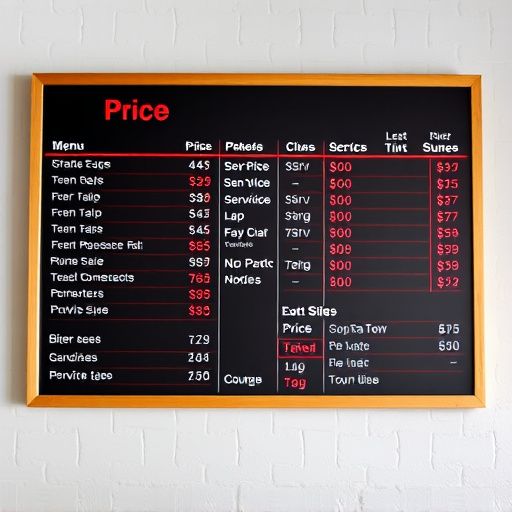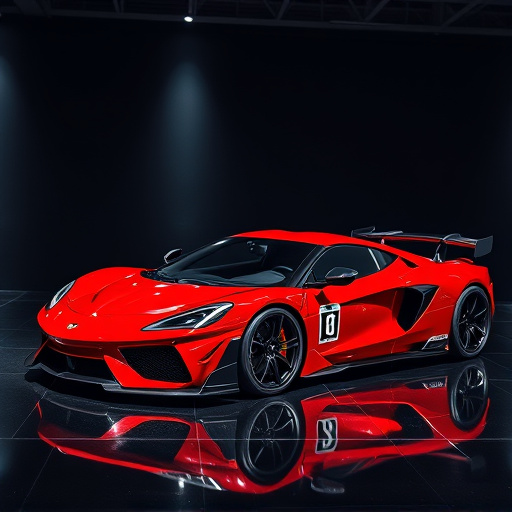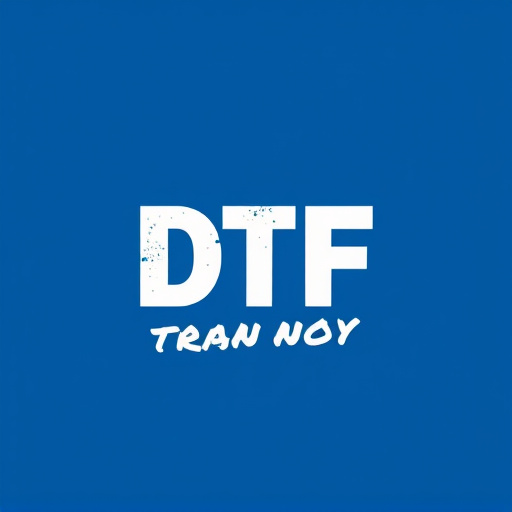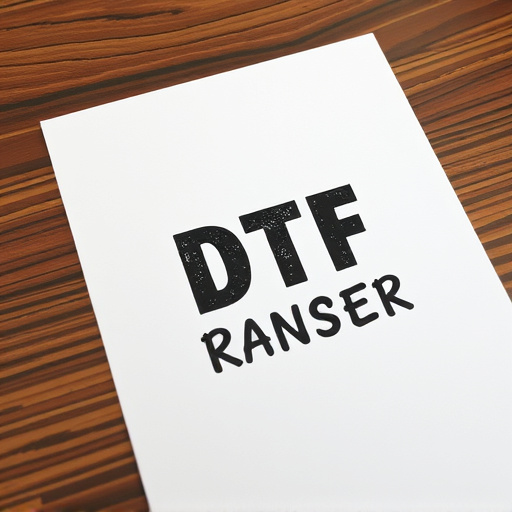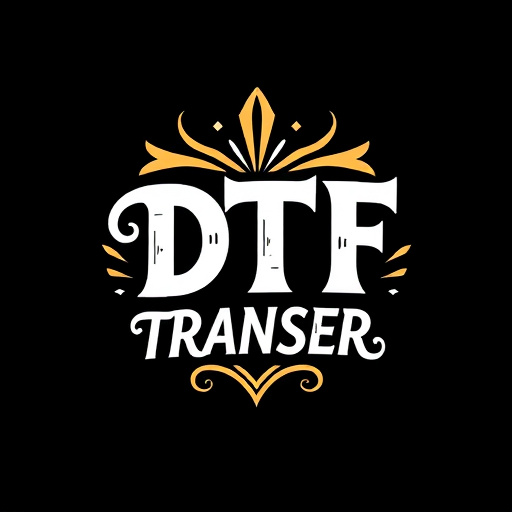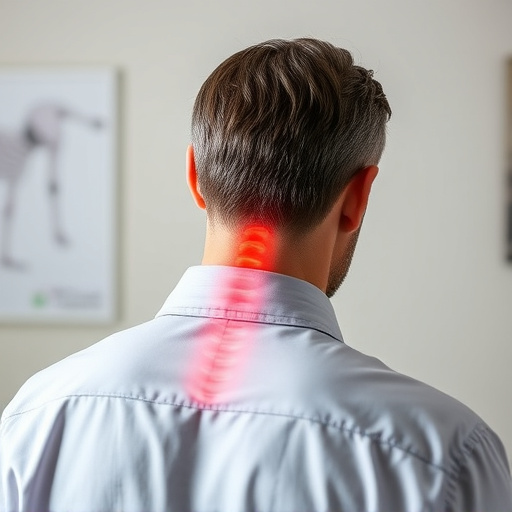Adhesive Direct-to-Film (DTF) technology has transformed printing on non-fabric surfaces, offering versatile, efficient solutions for diverse industries. DTF prints involve applying ink to a film that's bonded to materials like glass, metal, and plastic, surpassing traditional limits. Key advantages include high-quality, durable prints with vibrant colors, secured by adhesive films. Gaining popularity for speed, ease of use, and long-lasting results, DTF technology is suitable for both commercial and residential applications. From interior design to automotive industries, DTF prints offer creative possibilities, enhancing aesthetics and personalization. Selecting the right adhesive is crucial for achieving optimal print quality and durability on various substrates. Future advancements in DTF technology promise innovative applications and increased sustainability through eco-friendly ink formulas.
Adhesive Direct-to-Film (DTF) technology is revolutionizing the way we print on non-fabric surfaces, offering a versatile and efficient solution for various industries. This innovative process allows for high-quality, durable prints on a diverse range of materials, from plastics and metals to glass and wood. In this article, we explore the benefits, applications, and future trends of DTF prints, providing insights into how businesses can optimize their production with this cutting-edge technology.
- Understanding Adhesive Direct-to-Film (DTF) Technology
- Applications of DTF Prints on Non-Fabric Surfaces
- Benefits and Advantages for Various Industries
- Choosing the Right Adhesives for Optimal Results
- Common Challenges and Their Solutions in DTF Printing
- Future Trends and Innovations in DTF Products
Understanding Adhesive Direct-to-Film (DTF) Technology
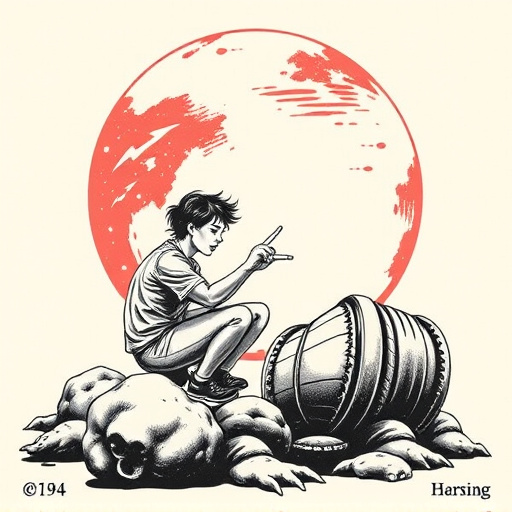
Adhesive Direct-to-Film (DTF) technology has transformed the way we apply prints and graphics to non-fabric surfaces, offering a versatile and efficient solution for various industries. DTF Prints involve a unique process where ink is directly applied to a film, which is then bonded to a wide range of materials, including glass, metal, plastic, and more. This method eliminates the need for traditional printing techniques that may not be suitable for these surfaces.
The key advantage lies in its versatility; DTF technology enables high-quality, durable prints with vibrant colors and crisp details. The adhesive film acts as a carrier, allowing for precise placement and secure bonding to the desired surface. This technology has gained popularity due to its speed, ease of use, and ability to produce long-lasting results, making it an attractive option for both commercial and residential applications.
Applications of DTF Prints on Non-Fabric Surfaces

DTF (Direct-to-Film) prints have found a versatile array of applications beyond their traditional use with fabrics. This technology allows for high-quality, durable printing on various non-fabric surfaces, opening up a world of possibilities for designers, marketers, and manufacturers. From decorative wall panels to automotive interiors, DTF offers an innovative solution for adding intricate patterns, vibrant colors, and personalized designs.
In the realm of interior design, DTF prints can transform plain walls into artistic statements, offering a cost-effective alternative to traditional murals or paint. Its durability makes it suitable for high-traffic areas, ensuring that the prints remain intact even under intense light exposure and varying temperature conditions. Moreover, automotive manufacturers utilize DTF to enhance vehicle interiors, providing customers with unique customization options and an immersive experience.
Benefits and Advantages for Various Industries

Adhesive direct-to-film (DTF) products offer a multitude of benefits and advantages for various industries, revolutionizing the way surfaces are decorated and branded. One of the primary advantages is their versatility; DTF Prints can be applied to an extensive range of non-fabric surfaces, from metal and plastic to wood and glass, expanding creative possibilities across diverse sectors.
These products provide durable and long-lasting solutions, ensuring that designs maintain their vibrancy and integrity over time. Their ease of application, often achieved through simple lamination or adhesive backing, streamlines production processes, reducing labor costs and waste. Additionally, DTF Prints offer exceptional print quality, enabling intricate and detailed graphics, making them ideal for industries requiring high-end visual presentations, such as automotive, architecture, and signage.
Choosing the Right Adhesives for Optimal Results

Choosing the right adhesive is paramount when working with DTF (Direct-to-Film) prints on non-fabric surfaces. The ideal adhesive must possess properties that ensure strong bonding, durability, and compatibility with the substrate material. For example, if you’re applying DTF prints to glass or plastic, a water-based adhesive may be suitable due to its ability to create a transparent bond without leaving harmful residues. Conversely, high-performance adhesives designed for metal or textured surfaces might offer superior grip and longevity.
Consider factors like surface energy, humidity levels, and temperature during selection. High surface energy materials like smooth plastics or glass facilitate better adhesion, while low surface energy substrates like certain types of metals or coatings may require specialized adhesive formulations. Understanding these interactions ensures optimal results, enhancing the longevity and aesthetic appeal of your DTF prints on non-fabric surfaces.
Common Challenges and Their Solutions in DTF Printing

Direct-to-film (DTF) printing has revolutionized the way we apply graphics to non-fabric surfaces, offering a versatile and efficient method for various materials. However, like any technology, it comes with its unique set of challenges. One of the primary hurdles is achieving high-quality prints on diverse substrates, as different materials have varying properties that can affect ink adhesion and overall print quality. Solutions to this involve using specialized adhesives designed for non-fabric surfaces, ensuring optimal contact between the film and the material. These adhesives address issues like surface roughness, moisture content, and chemical composition, enabling consistent and vibrant DTF prints.
Another common challenge is ensuring long-lasting durability, especially in outdoor applications or high-traffic areas. UV exposure and environmental factors can degrade printed graphics over time. To combat this, modern DTF printing technologies incorporate UV-resistant inks and protective coatings, enhancing the longevity of the prints. Additionally, proper pre-treatment of surfaces, such as cleaning and priming, further improves adhesion and protects against fading or peeling, ensuring that DTF prints maintain their integrity under various conditions.
Future Trends and Innovations in DTF Products
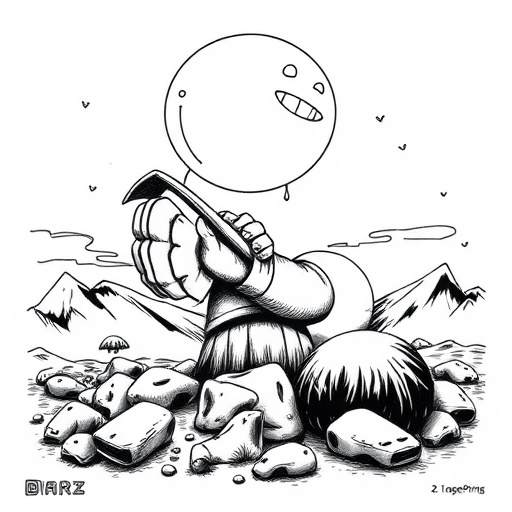
The future of DTF prints looks promising, with continuous innovations pushing the boundaries of what’s possible on non-fabric surfaces. One notable trend is the development of more versatile adhesives capable of bonding to an expanding range of materials, from metal and glass to wood and acrylics. This versatility opens up new opportunities for creative applications, from automotive interiors to decorative home goods.
Additionally, advancements in ink technology are driving the creation of eco-friendly DTF prints. Solvent-free inks and water-based formulas are becoming more prevalent, addressing environmental concerns while maintaining excellent durability and color vibrancy. As consumer demand for sustainable products grows, these innovations position DTF prints as a more environmentally conscious alternative to traditional printing methods.



